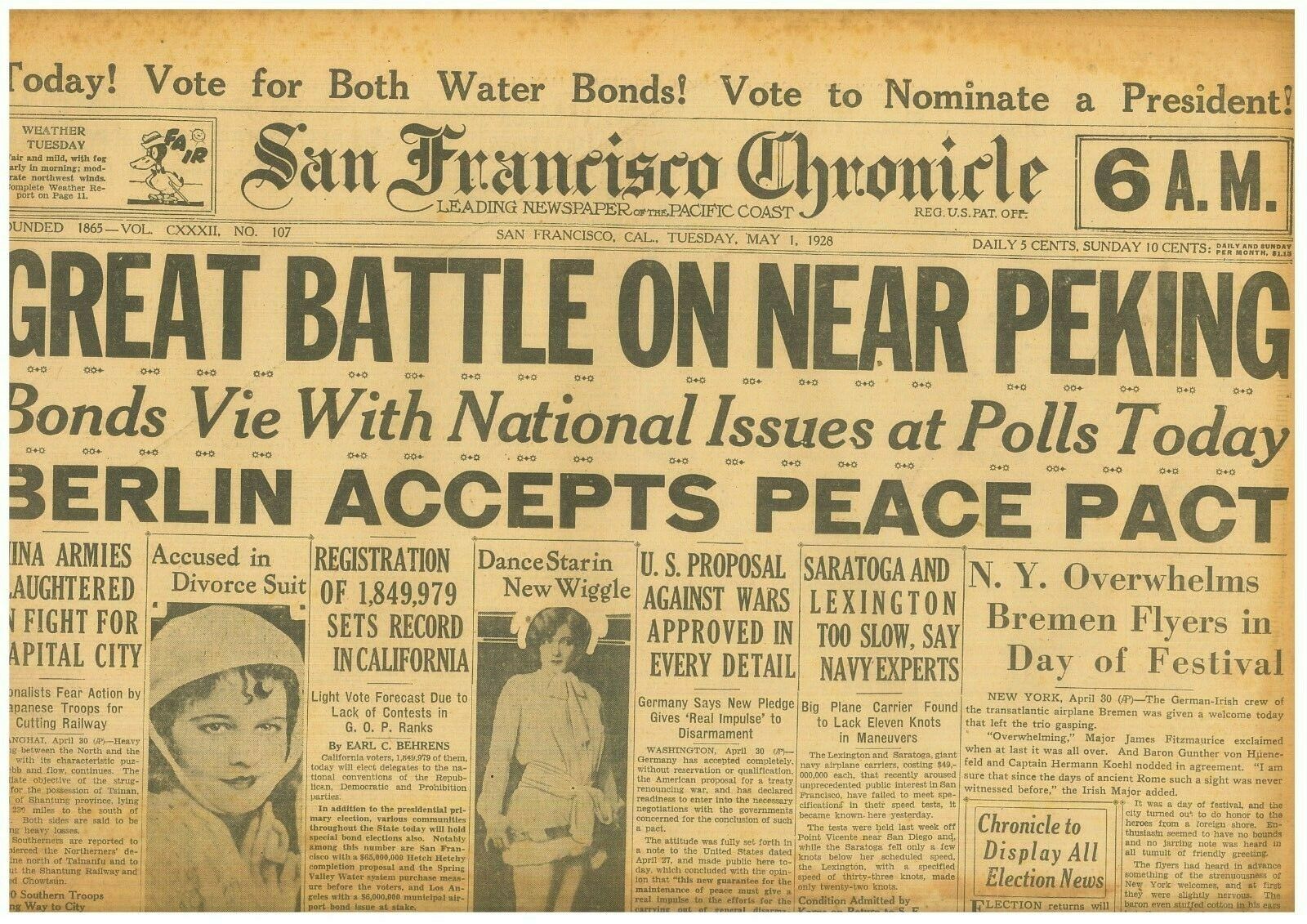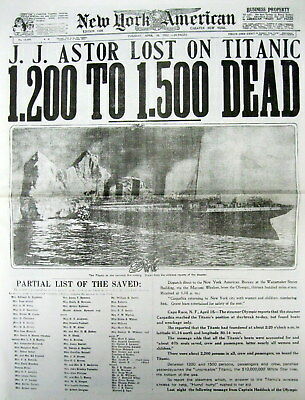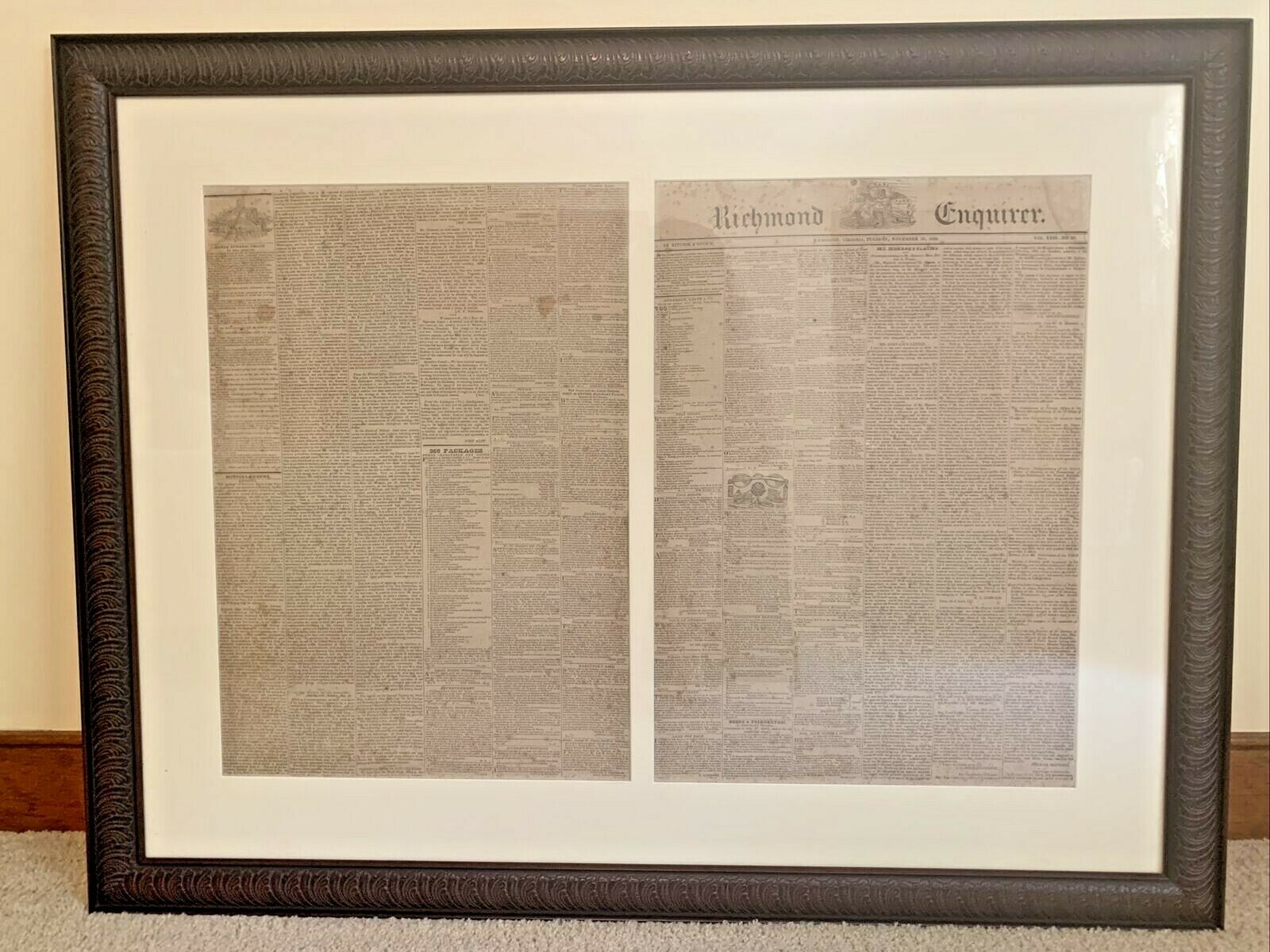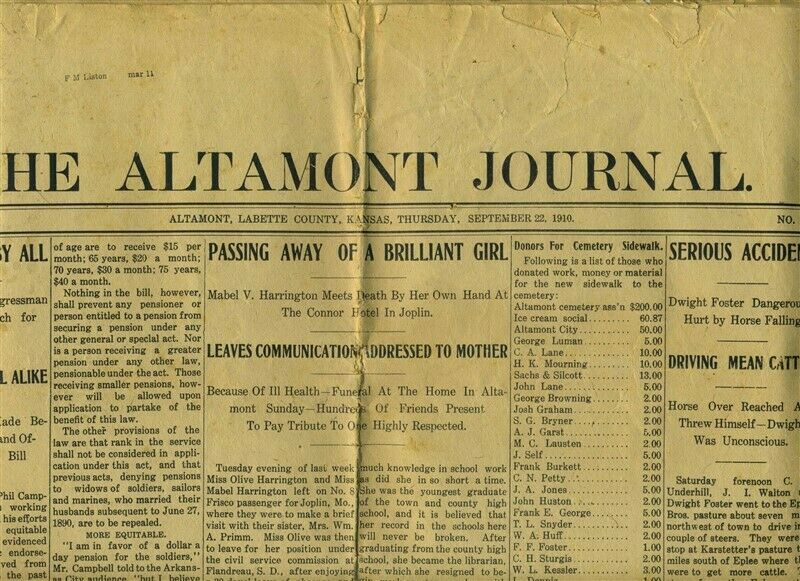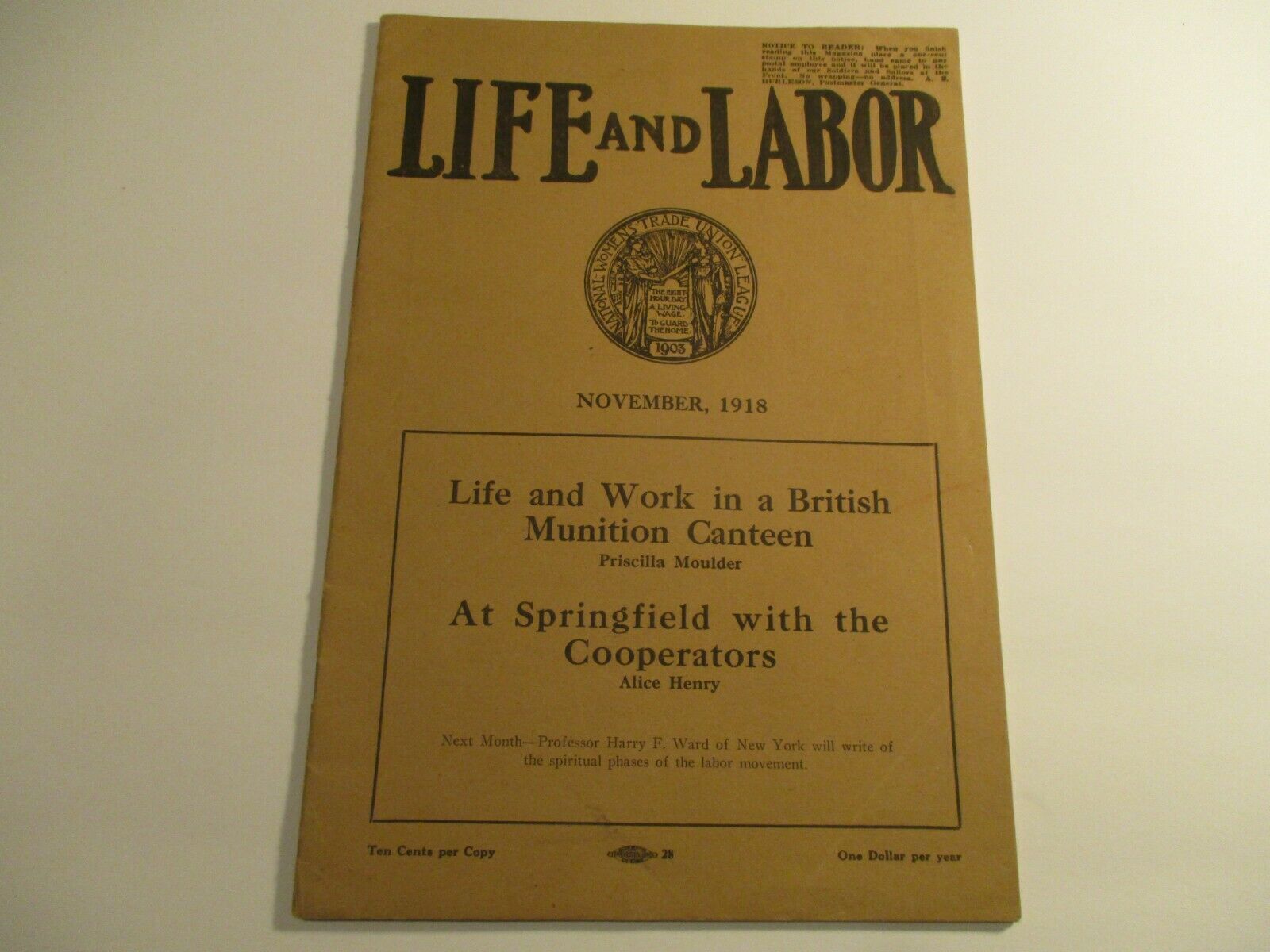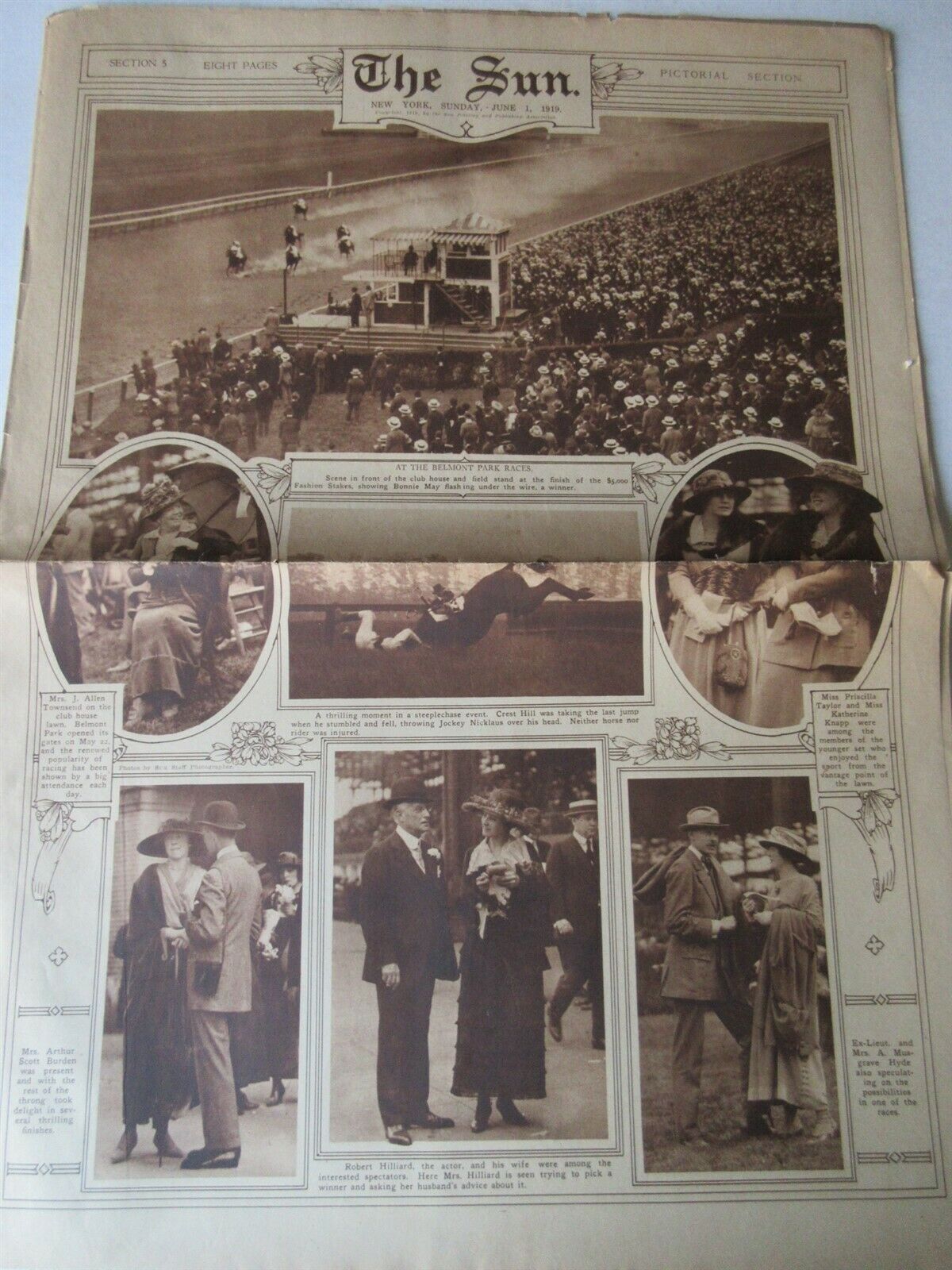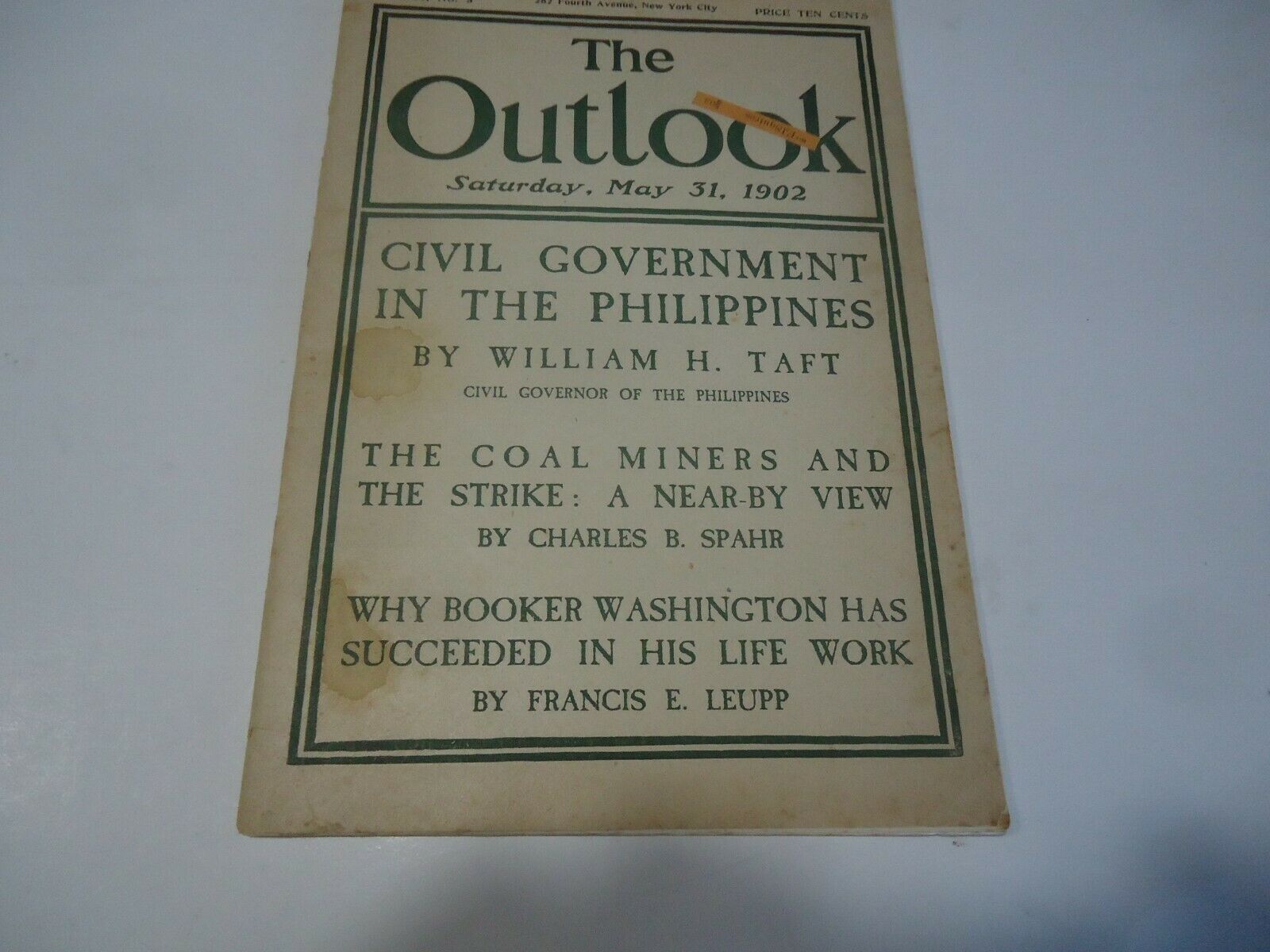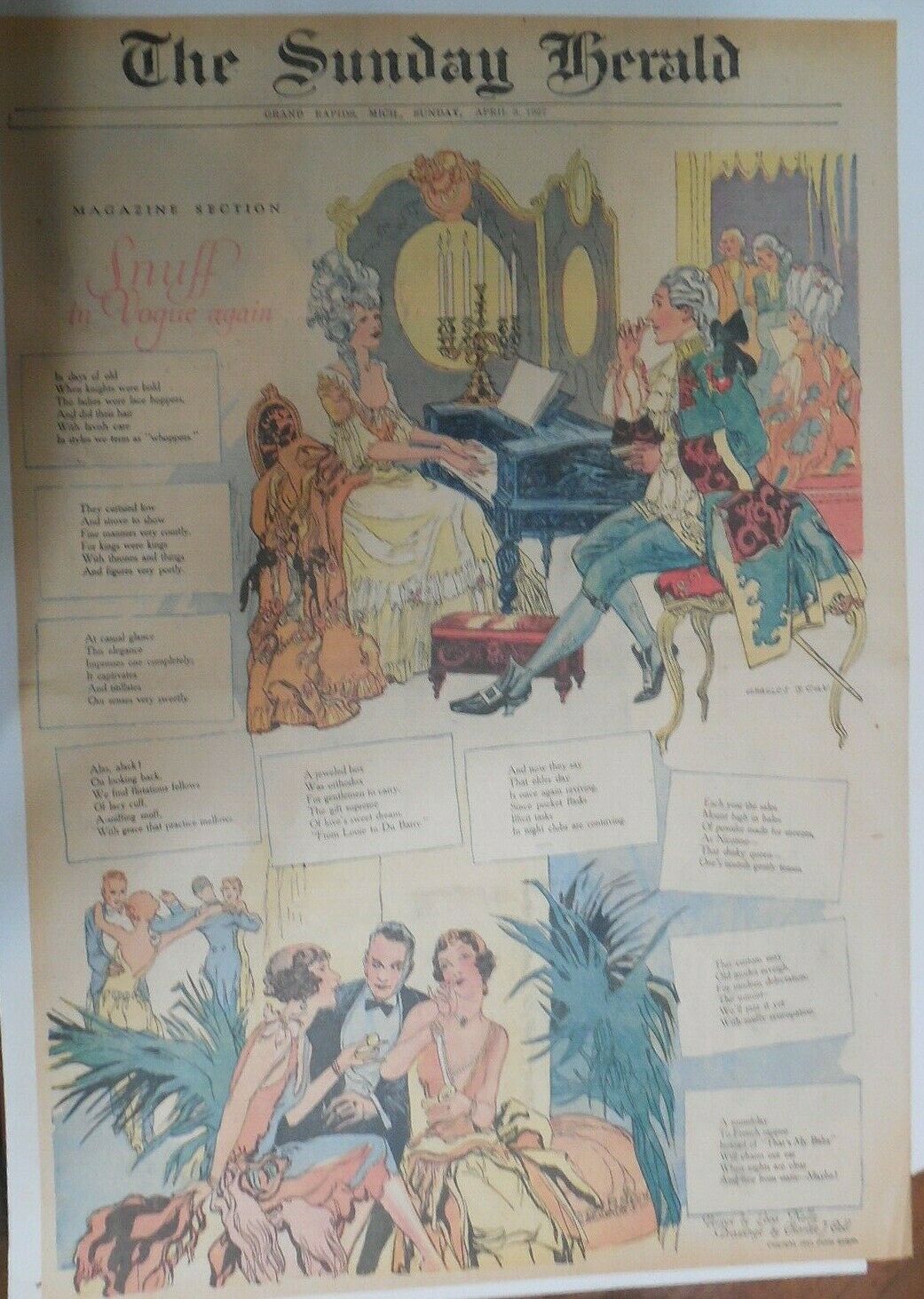-40%
Battle near Peking China Jinan incident Japanese General Fukuda May 1 1928 B11
$ 20.59
- Description
- Size Guide
Description
San Francisco ChronicleMay 1st 1928
3 May dispute between NRA and Japanese soldiers
The area remained quiet, though tense, until a clash erupted between Japanese and NRA soldiers during the morning of 3 May. The exact details of what instigated the clash are contested between the Japanese and Chinese sides.
As the Japanese immediately destroyed the Chinese wireless station after the clash began, they were left in control of the only working line of communication out of Jinan, forcing foreign media reports to rely entirely on the Japanese version of the events.
According to the official Japanese narrative, as reported by General Fukuda, a group of Chinese soldiers under the command of General
He Yaozu
, reputed to have been responsible for the Nanjing incident, broke into an office of the Japanese Manshu
Nippō
newspaper, and assaulted its proprietor at 09:30.
A group of Japanese soldiers commanded by Captain
Kumekawa Yoshiharu
patrolling in the area rushed to the scene, and attempted to stop the Chinese soldiers. The Chinese soldiers then opened fire on the Japanese troops, causing the Japanese to return fire.
In the Chinese version of events, as recorded by Chiang Kai-shek, a sick Chinese soldier who had attempted to seek treatment at a local Christian hospital with the help of a local labourer was blocked from proceeding down the street to the hospital by Japanese soldiers, sparking a verbal argument. The Japanese then shot and killed the soldier and the labourer.
Different Chinese sources, however, reported different versions of the events, and this gave the impression that the Chinese were inventing stories to justify their behaviour.
The Japanese version, however, is marked by its own association with the later use of disinformation tactics by the Kwantung Army in the
Huanggutun
and
Mukden
incidents.
